

Josh Nevett
2025 Mazda BT-50 GT review
5 Days Ago

News Editor
The Liberty was the car that helped transition Subaru from the maker of small Leone/L-Series models to a more mainstream brand.
It’s now dead in Australia.
The latest, seventh generation of Subaru Legacy – as it’s known globally – won’t be coming here. For the first time, it won’t even be offered in Subaru’s home market of Japan as it’s made exclusively in left-hand drive in Subaru’s Lafayette, Indiana plant in the US.

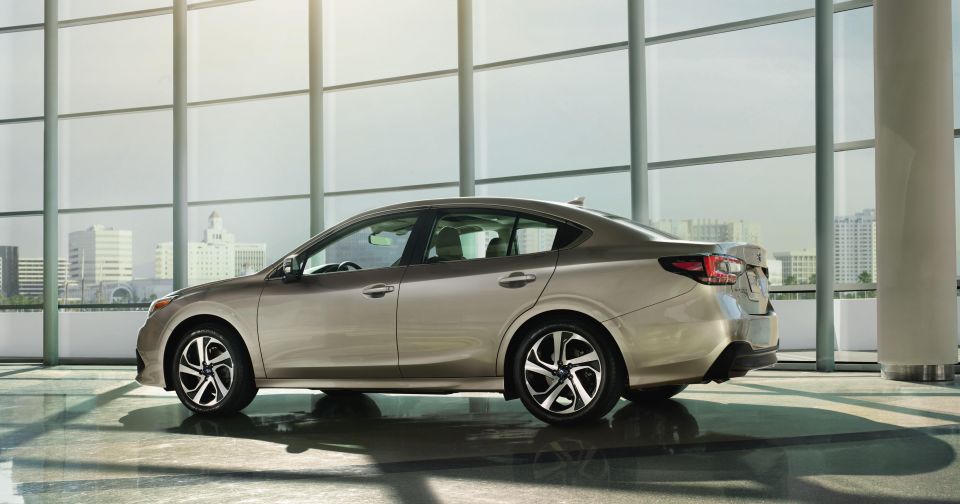
The new model (above) was revealed early last year along with the latest Outback, both using the new Subaru Global Platform and replacing the outgoing flat-six engine with a 2.4-litre turbocharged four-cylinder.
The Liberty already lost its wagon with the sixth-generation redesign, though the related (and far more popular) Outback was renewed.
The Outback has better met Australian tastes, given our burgeoning demand for SUVs. Subaru has sold 13,844 of the high-riding wagon over the past two years compared to just 2441 Liberty sedans.
Year-to-date, Subaru has sold 573 Liberty sedans, only around a fifth of the Outback’s number. Though that’s double the BRZ and Levorg’s figures, the Liberty is being outsold by even the WRX.
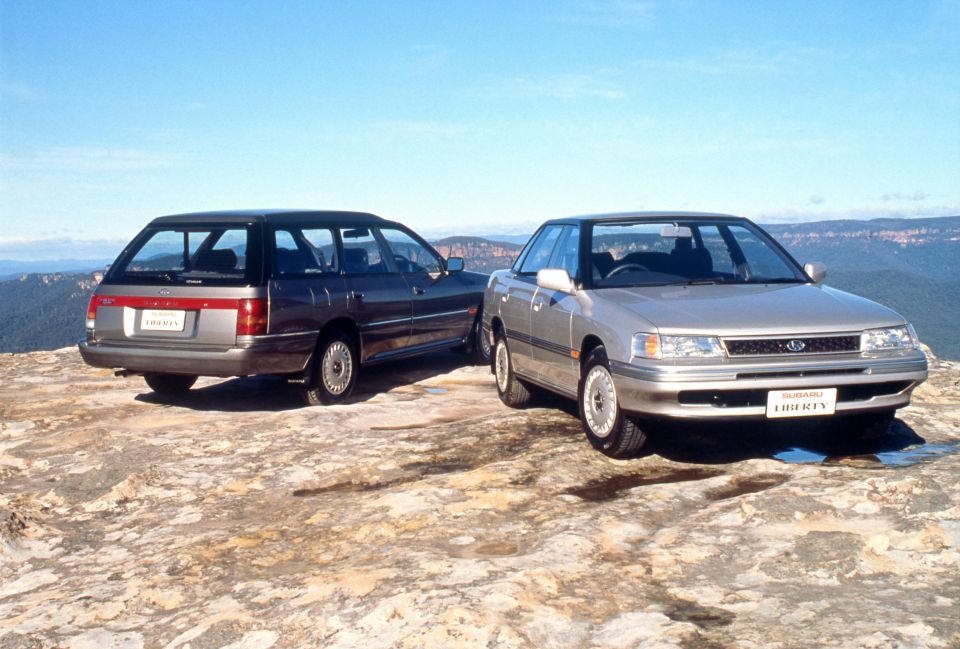
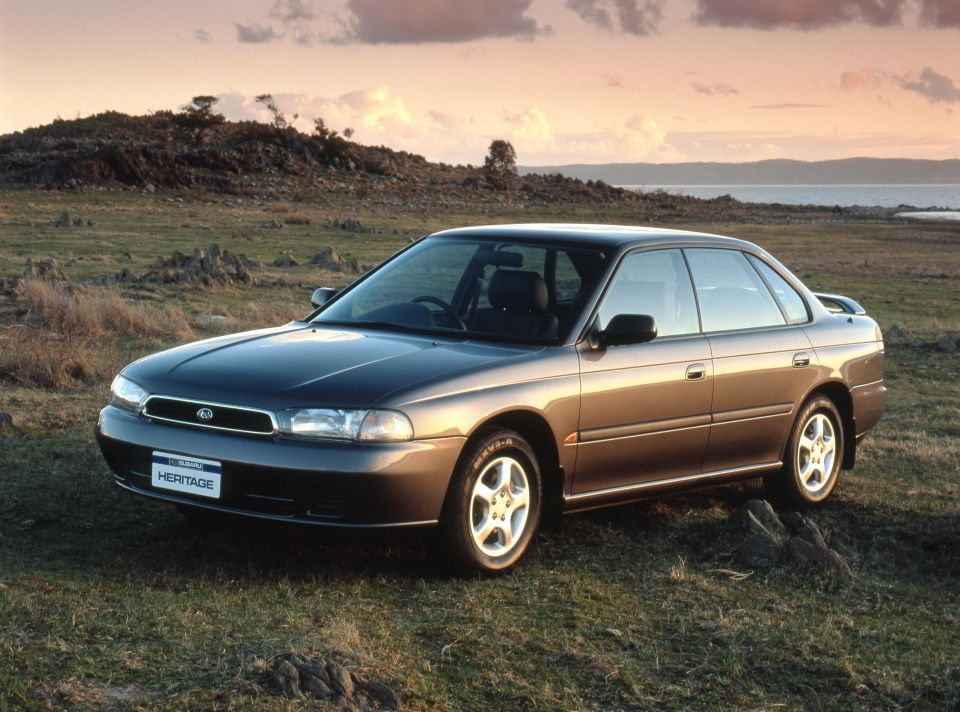
The company’s sold 153,700 Liberty models in Australia since its 1989 launch, with Subaru Australia managing director Christian Dinsdale saying, “Liberty has been a pivotal part of Subaru’s success”.
“It was our first model with global appeal and moved the brand away from its utilitarian roots to becoming a respected automotive company.”
Mr. Dinsdale suggests if you have a hankering for a Subaru sedan that you look at the Impreza. “We remind [customers] that current generation Impreza closely mimics the physical size of third generation Liberty sedan.”
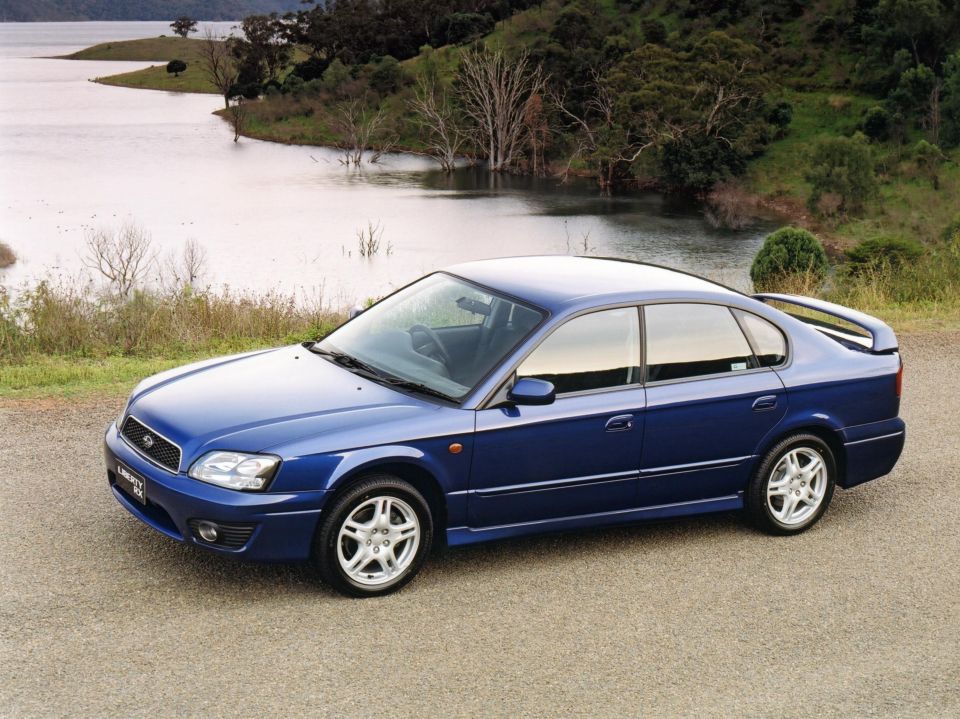
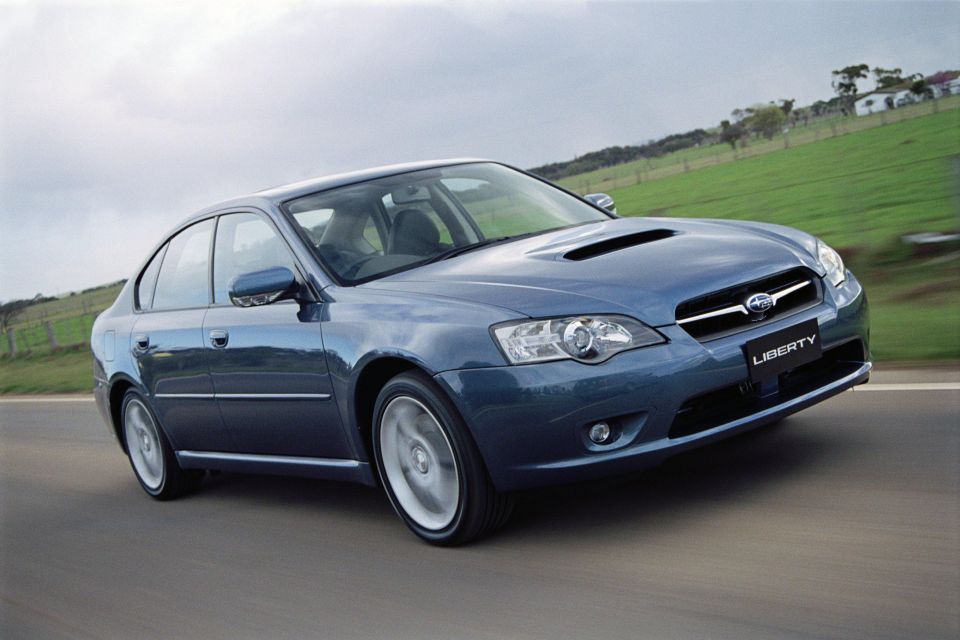
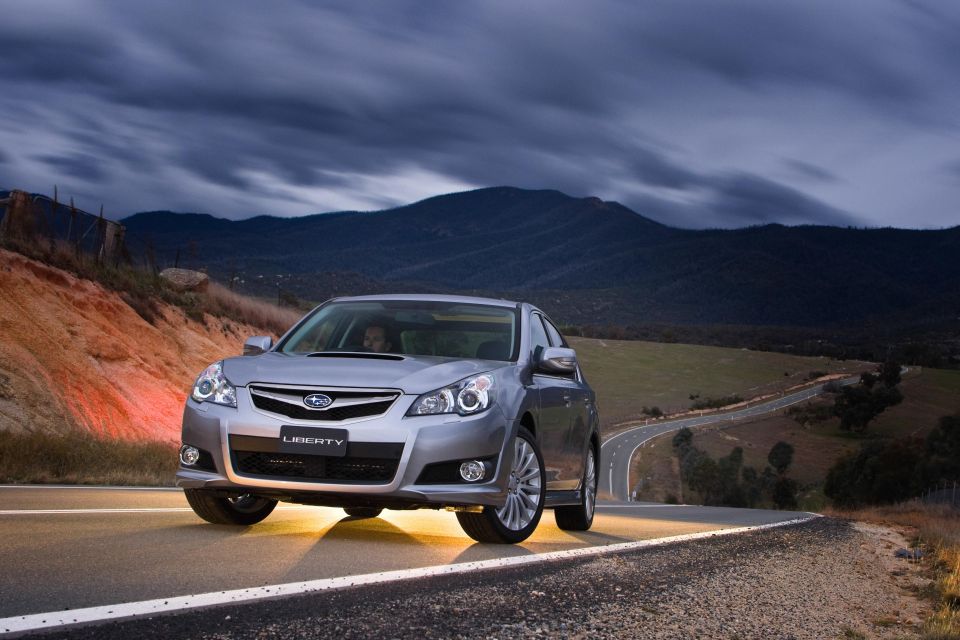
In other market segments, the loss of the fourth best-selling model would be exceptionally noteworthy. The mid-sized passenger car segment, however, accounts for around just 4 per cent of the overall market year-to-date.
The segment is also absolutely dominated by the Toyota Camry which, thanks to in part to its high levels of fleet penetration, outsells the segment’s second-place finisher by more than eight-to-one.
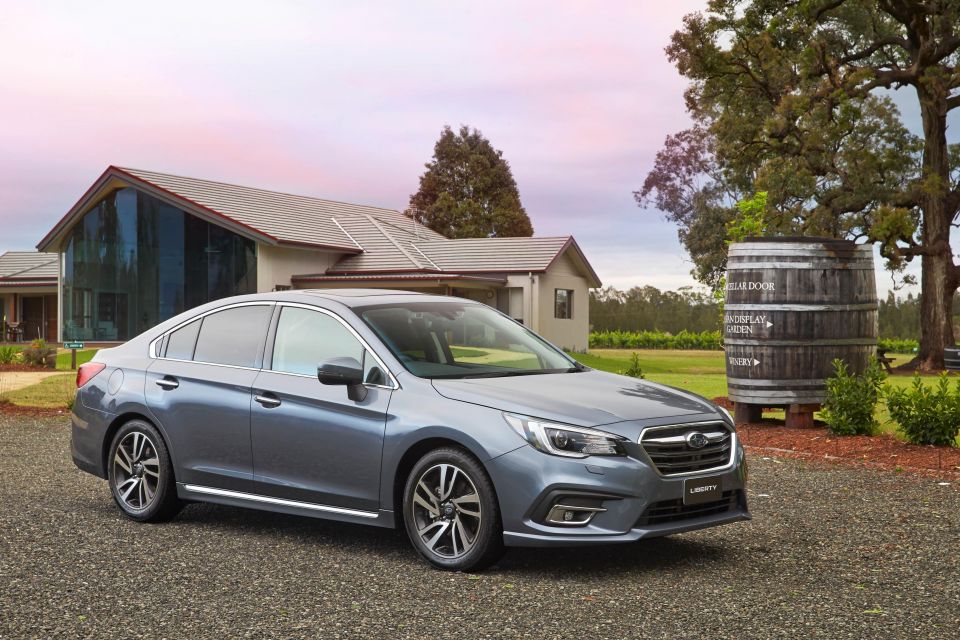
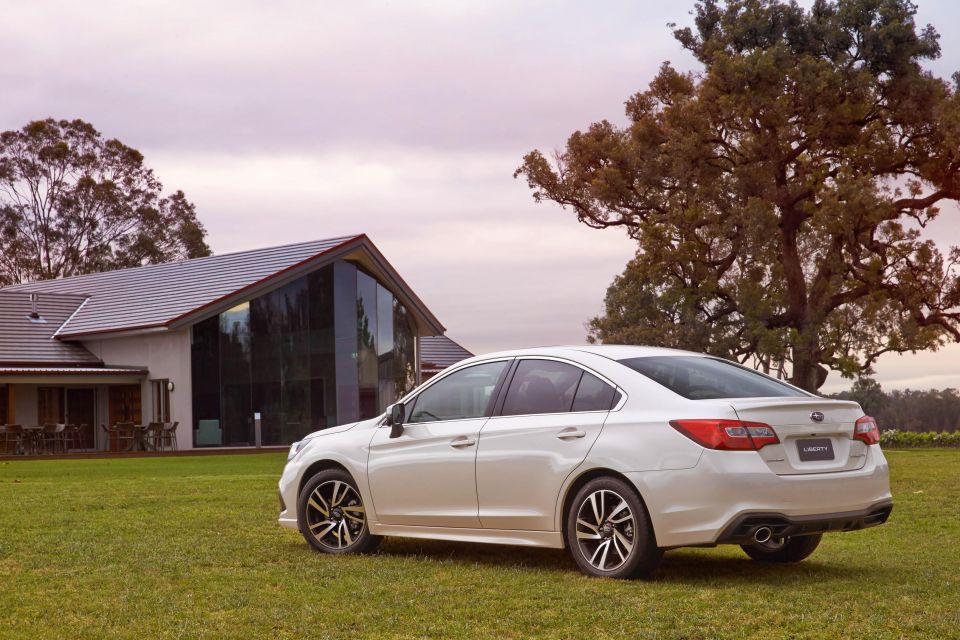
Though the Liberty has been a segment stalwart and has been consistently offered here since 1989, the mid-sized segment has experienced more turbulence than some other passenger car segments.
While the Camry has always been a strong seller, the segment has often found itself squeezed by increasingly comfortable small cars from below and, in the past, good-value large cars from above. In recent years, however, the pressure has come almost entirely from the mid-sized SUV segment.
Manufacturers have dropped in and out of the segment over the years. Nissan abandoned it from 1998 until 2013 and then again after 2017, Ford skipped the second generation of Mondeo, Holden discontinued its Insignia and Malibu in 2016, and Mitsubishi dropped its Galant in 1996 to focus on the larger Magna/Verada and later 380 models.
Honda’s popular Accord Euro met its end in 2015 when it was discontinued in Europe, leaving only the lower-volume Accord.
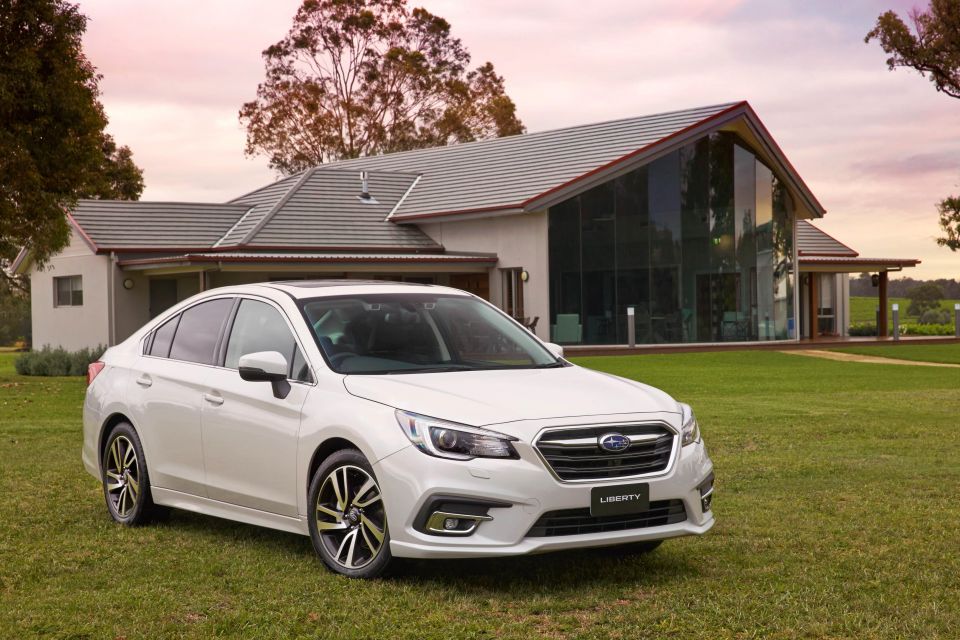
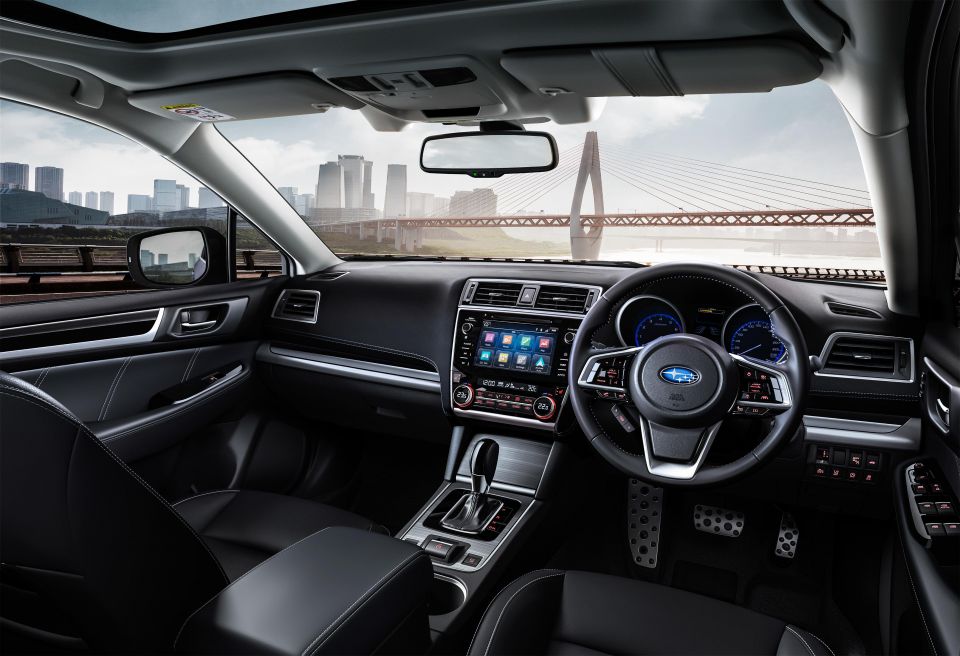
More recently, Ford and Kia announced they were discontinuing their mid-sized offerings, the Mondeo and Optima. Though the Optima has a replacement, the K5, available overseas, it won’t be coming here while Ford and Opel are expected to replace their Mondeo and Insignia models with crossover-style wagons.
Even the US market, long a stronghold for the mid-sized sedan, is seeing a dramatic hollowing out of its options in this segment. The Mondeo’s twin the Fusion has ended production, while Chrysler discontinued its 200 in 2017 and the Chevrolet Malibu is living on borrowed time.
The Liberty leaves an enduring legacy, pun intended. Incidentally, we were the only market to use the Liberty nameplate as Subaru Australia changed the name due to the existence of Legacy Australia, which supports the dependents of deceased Australian service personnel.
The name change had a ripple effect as Jeep was then unable to use the Liberty name for the KJ Cherokee.
Where expert car reviews meet expert car buying – CarExpert gives you trusted advice, personalised service and real savings on your next new car.
William Stopford is an automotive journalist based in Brisbane, Australia. William is a Business/Journalism graduate from the Queensland University of Technology who loves to travel, briefly lived in the US, and has a particular interest in the American car industry.


Josh Nevett
5 Days Ago


Paul Maric
4 Days Ago
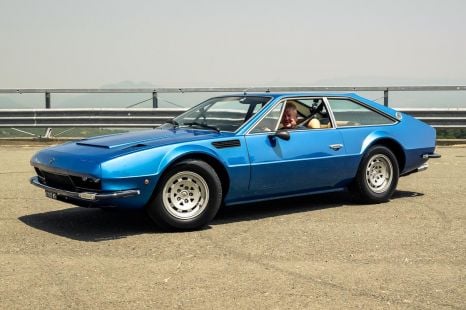

Anthony Crawford
3 Days Ago


Max Davies
2 Days Ago


James Wong
17 Hours Ago
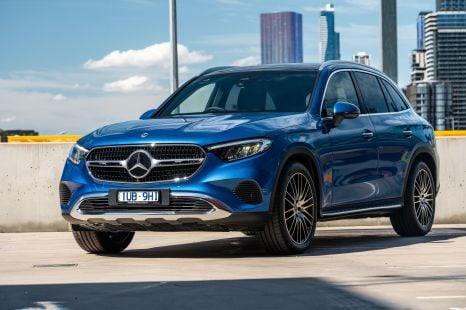

William Stopford
14 Hours Ago